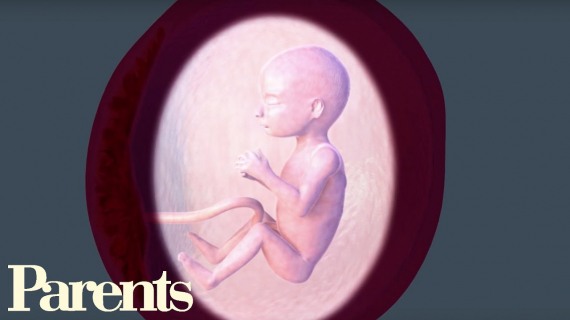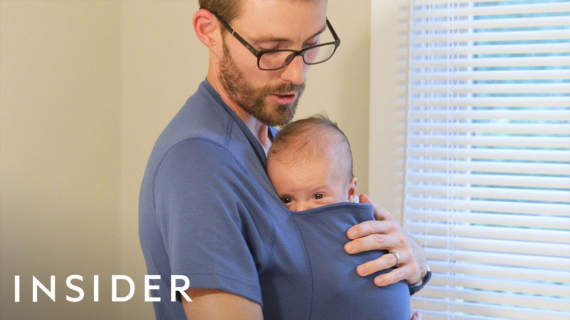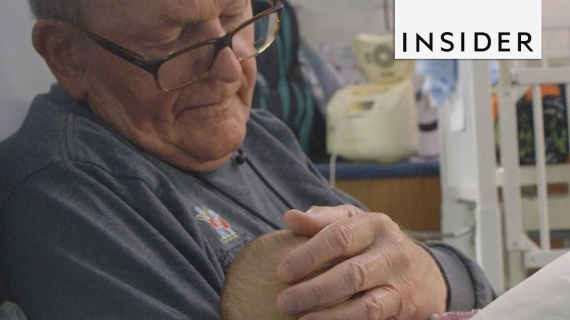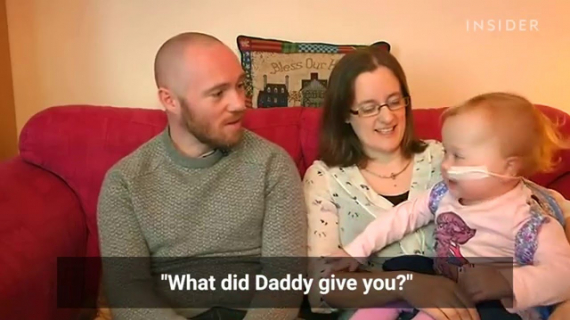We Gave Birth To Supersize Babies
Ayshah Maton gazed down at her newborn daughter in disbelief and tried to process what the midwife had just told her.
After a nine-hour home birth using nothing but gas and air, baby Eloise had weighed in at a whopping 12lb 1/2oz – the size of a typical three month old.











